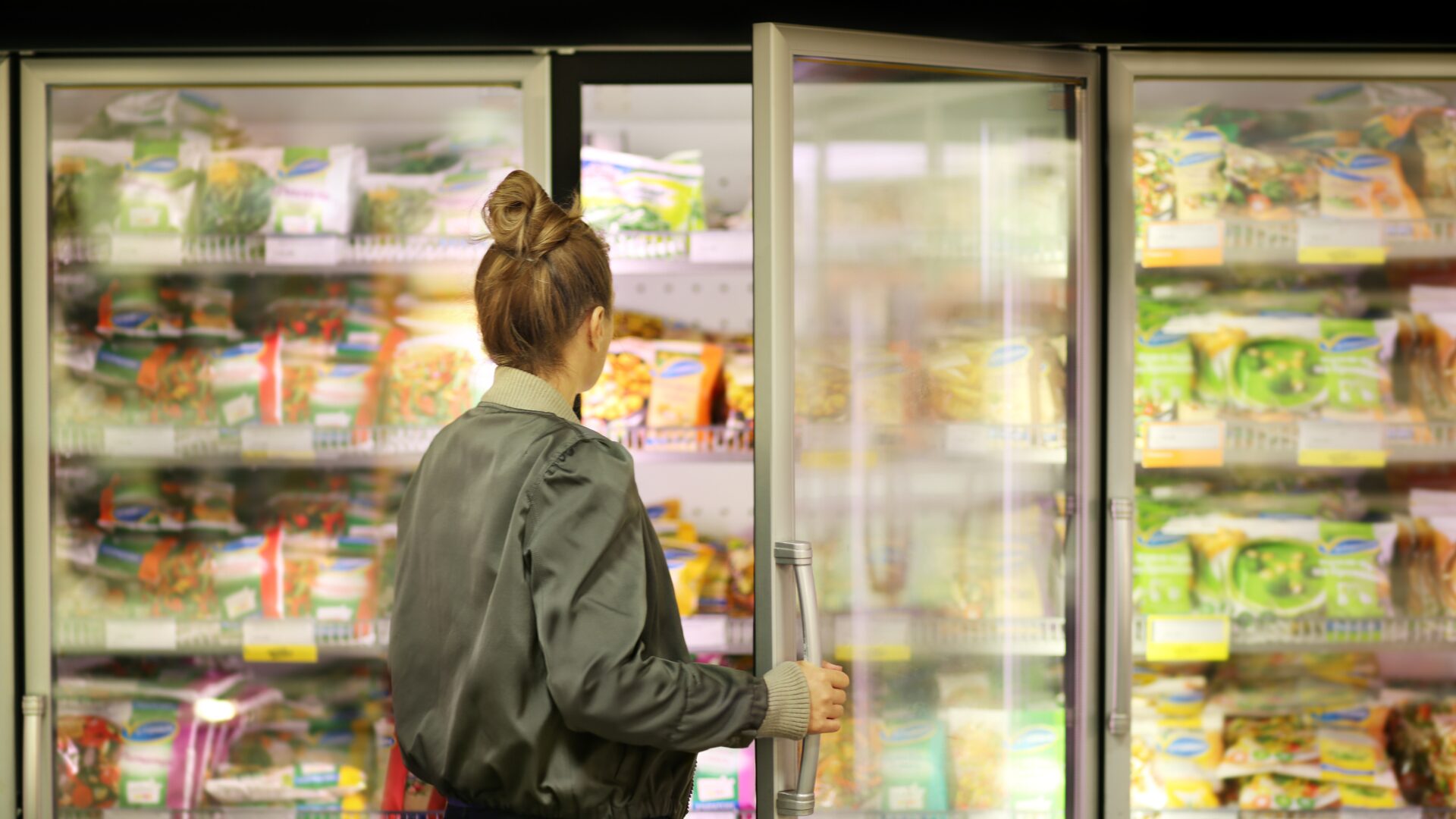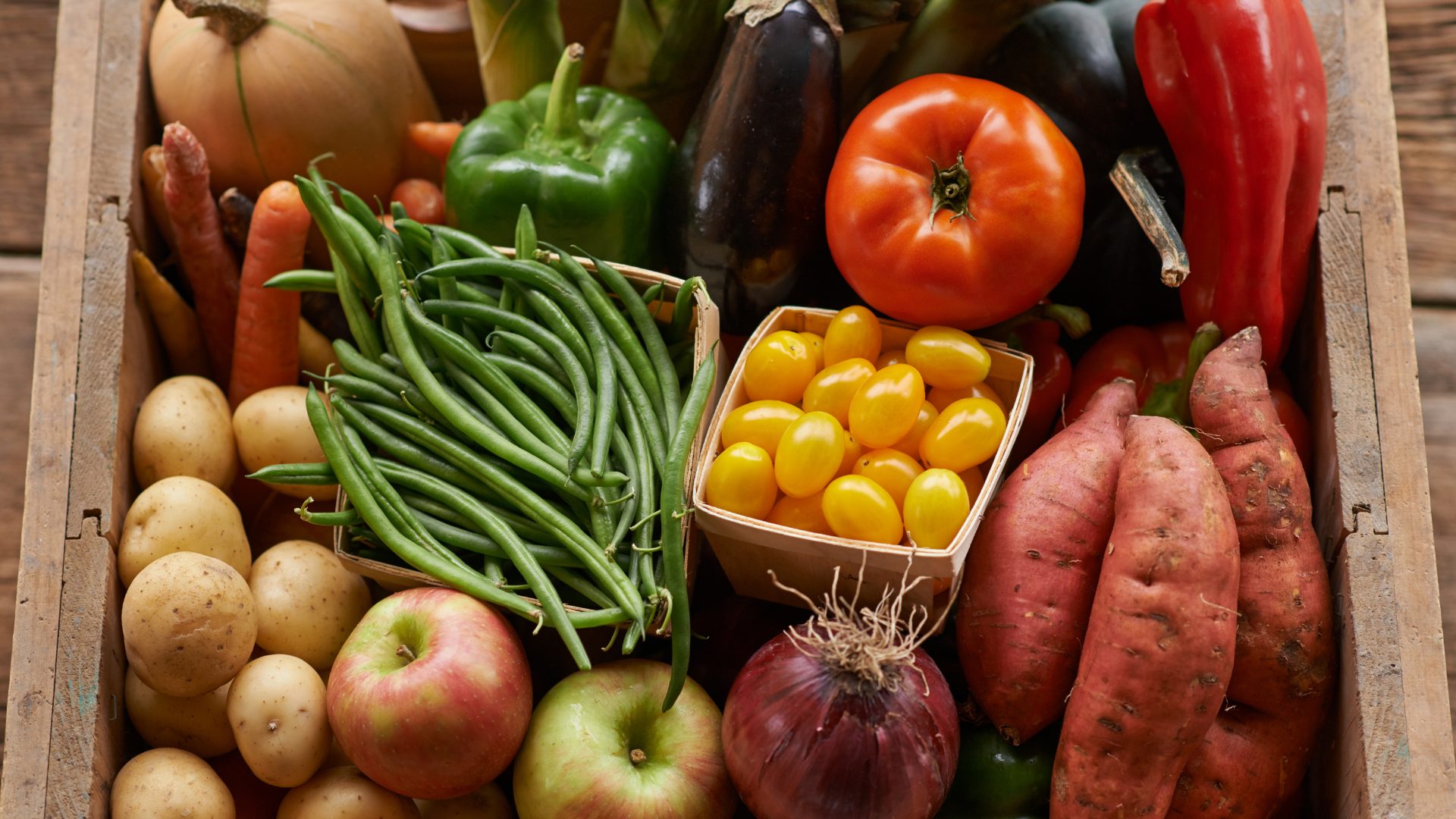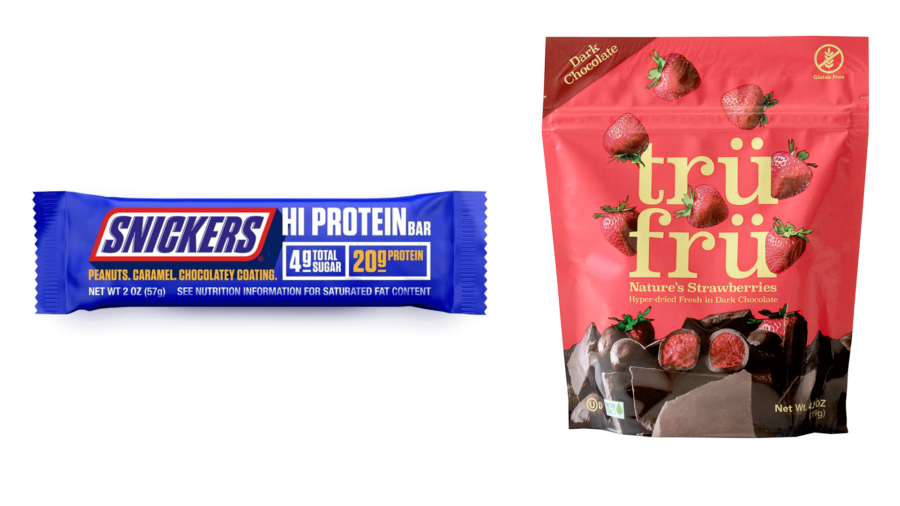Persistent inflation, impacts from the threat of on-again, off again tariffs, and geopolitical instability are all weighing on consumers, but how are shoppers reacting to these macroeconomic factors?
According to Nik Modi of RBC Capital Markets, for the past few quarters, consumers by and large have been in a “spending recession.” He shared his insights on a recent episode of The Food Institute Podcast sponsored by City National Bank.
“When it comes to consumer products, particularly the food industry, what we’re finding is that we’ve been almost in a spending recession for the last few quarters…Consumers are looking for value. That doesn’t seem like it’s going to all of a sudden reverse,” said Modi.
Consumers Are in a ‘Spending Recession’
Modi noted that a variety of economic indicators would indicate many consumers were in a spending recession. He highlighted the savings rate, which was below the pre-COVID average, and how household debt had been growing.
He also pointed to another trend among grocery consumers that was particularly harrowing.
“Buy now, pay later is becoming a more important piece and tool as consumers look for affordability and to buy their own groceries. So that’s kind of a scary thing when you think about people are buying groceries on layaway.”
What’s in the Shopping Cart?
Modi explained that consumers were purchasing candy and frozen meals amid the current economic uncertainty, but overall volumes had been flat to slightly down.
“Think about why people are probably deciding to get frozen meals instead of going out to eat, because it’s too expensive, right? So again, another kind of proof point that the consumer is under pressure,” he added.
Fresh fruit and vegetables continued to grow, and frozen meat also saw some growth over the last six months. Modi, however, noted protein inflation was likely a big reason for this growth.
“Across packaged food, the consumer is obviously focused on value.”
When it came to where shoppers were heading to get their groceries, many were turning to mass retailers, dollar stores, and concepts like Trader Joe’s which more prominently focused on private label products.
“When you walk into those store concepts, the representation of mass brands, big brands is much more narrow, right? Private Label has much greater penetration and presence, as do emerging brands. And so simply shifting from one channel to another could completely change the landscape of what you buy.”
Meeting the Needs of Different North American Consumer Groups
Modi cautioned that CPG-makers and retailers had to ensure they differentiated their approaches to meeting different income brackets and demographics, and that they could not rely on a “one size fits all” strategy.
“Lower-income consumers are feeling ripped off by a lot of the waitouts that we’ve been seeing in the industry, right? What they call price pack architecture, in some cases, where you’re putting less product into the bag or the box and you’re charging the same amount. You know, consumers are talking about it online, and I think that’s causing a problem.”
He noted middle-class consumers were looking for value, but many retailers were missing out on a core demographic: Baby Boomers.
“They’re still buying a lot of this product, and a lot of the value that’s being offered to the consumer is being done in digital format. So it might be kind of missing a key target market that is actually in the store.”
International holidays represented an opportunity to get shoppers excited, as well. He pointed to Cinco de Mayo as a perfect example, saying you don’t need to be Hispanic to celebrate the culture and its food history.
Steps to Securing Future Growth
Modi shared some thoughts on how food retailers and manufacturers could best succeed amid these economic factors, and the advice was simple: getting back to product superiority.
“I think it’s pretty straightforward: it’s all about blocking and tackling.It’s about making some good decisions around innovation. Make sure you’re spending. This is why I wrote a note encouraging a lot of these companies to cut their earnings so they have the flexibility to spend and compete more effectively in the future and innovate more effectively.”
Despite the straight-forward approach, Modi did note that it wouldn’t necessarily be easy.
“It’s going to be a slog. And I think companies that have the best creativity and the best execution are going to be the ones that win.”












